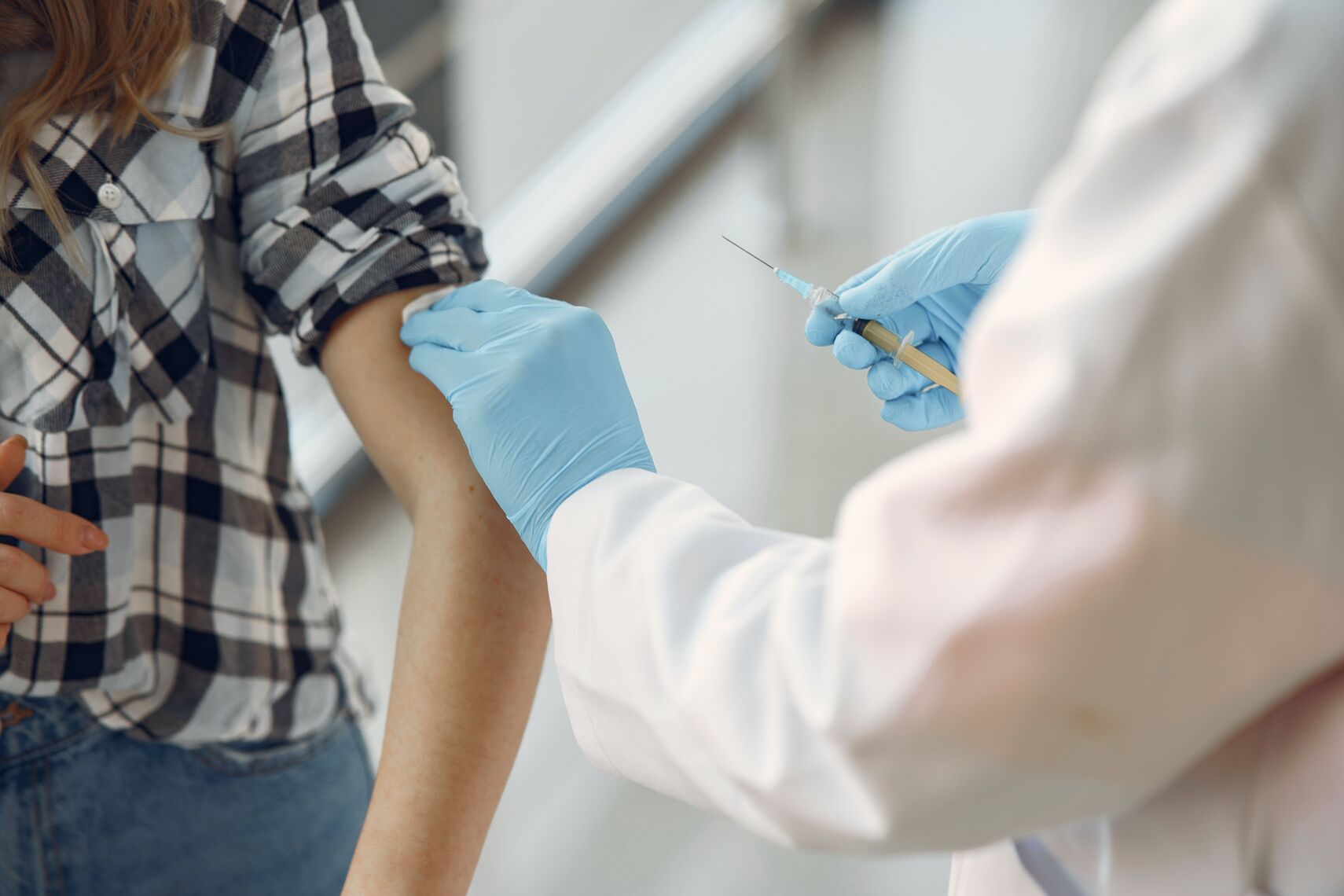
World Immunisation Week aims to highlight the collective action needed and to promote the use of vaccines to protect people of all ages against disease.
The theme for 2022 is 'Long Life for All', and as the World Health Organization so aptly writes: A Long Life for All is not a promise, it's an ambition. Because everyone deserves a chance at a fulfilling life. One where we're free to pursue happiness. And look back without wondering "What if?"
The ultimate goal of World Immunisation Week is for more people – and their communities – to be protected from vaccine-preventable diseases.
The research that will be made possible at ESS may help contribute to this goal. A number of the 15 initial instruments may well play a part in not only improving current vaccines but also in developing new ones.
NMX, for example, may be involved at the early stages, as it will provide insights into the protein structure of target biomolecules that might illuminate how the microbe looks on the surface or works, which is helpful in vaccine design. LOKI and SKADI may both prove to be useful in vaccine research, as they will enable an insight at the solution state, either as a mixture or single components, allowing researchers to see how the vaccine can be suspended for delivery into the body, or for looking at how to protect vaccines at a molecular level during storage.
Then there's ODIN or DREAM, which will look at the structure of adjuvant materials – the porous support matrices that usually introduce the vaccine to the immune system, or Estia/FREIA for understanding the interaction of vaccines with cell membranes.
In fact, one of our colleagues, Alessandra Luchini (Estia Instrument Scientist), was one of a number of researchers who contributed to a paper looking at the mechanism of the SARS-CoV-2 spike protein interaction with biomembranes. Read more here.
























